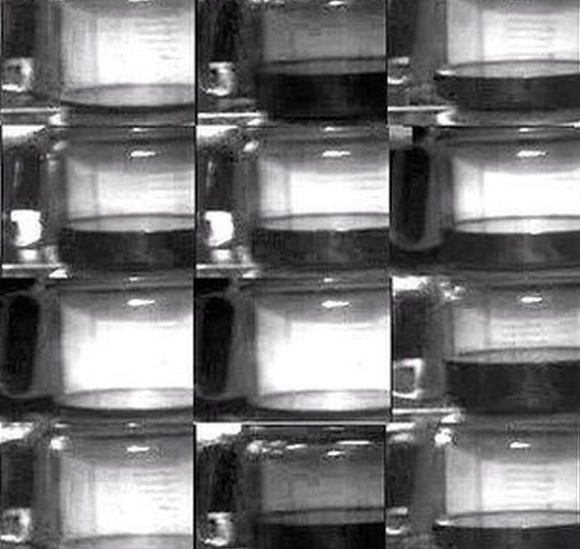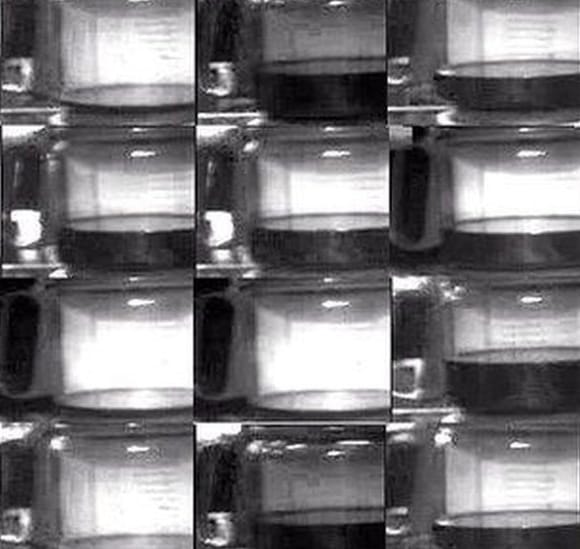Digital multi-tasker and former Tech City doyen Benjamin Southworth discovers that making coffee and staring at a screen is one of contemporary history's most important feedback loops.

The caffeinated culture of geekdom and the digital industries is writ large in our day-to-day encounters, it's great black-brown ring-mark smudging across every aspect of our lives. The frappe mochaccinos with soy and hazelnut – themselves sounding like great engineering miracles – are really the object-oriented flavonoids of a sickly sweet serfdom.
But it was not that long ago that coffee, free from the high street manacles of automated pods, was a simple drink. A drink that took time, that had to be brewed. The automatic drip-brewing machine, with it's irritating need to be filled, the filter to be fitted, the individual choice of strength, the ritual of orchestrating the next batch if you’re unlucky enough to have taken the last cup. Simpler times, but to a few computer scientists, this was a chore that needed adjustment. Especially when there were several flights of stairs to negotiate.
Imagine the frustration of leaving your desk, of breaking your flow, only to discover there was no more coffee in the pot. This was an inconvenience that needed addressing, and it required some of the brightest minds at Cambridge University to fix it.
These days, the task of remote monitoring is a simple task. Start-ups such as DropCam make remote home video monitoring simple, overing HD cameras that connect to your wifi router and come complete with a web server and an app. For a few hundred dollars you can monitor every room in your house anywhere you have a 3G signal. Back in 1991, however, the WWW had yet to be invented and such things were far from straight-forward. The engineers had to build an entirely new way to process the pictures; they had to write new ways of handling the data; custom applications were built just for the coffee pot; wires trailed across the lab. In many ways it was one of the first “pointless but cool” apps and twenty three years later it continues to inspire people to make such frivolous use of software, even if these days they only let you say “yo” – and nothing else – to your friends.
In 1994, the WWW was born and with it the ability to handle and display images. This meant that there was no longer a need for custom applications, or trailing cables. The coffee pot could be accessed by virtually anyone. And it was. In the early days of the internet it was seen as a portent of possibility. It showed that their was a life beyond just the basic formatting of text. It showed us a glimpse into the future. I remember watching it with my friends, the excitement of seeing a real human take some coffee. The images jerkily describing the scene to us via 128x128 pixel grayscale images. At the time, our excitement overtook any thoughts of what the philosophical implications might be.
Now we sit within a hyper-connected world, a surveillance state, with cyber terrorism and cyber attacks the norm. The Cambridge Coffee Pot is a memory of a happier time, one when the internet was pregnant with promise, when big data and server farms were unheard of, and it still makes me to smile to think of the extremes that academics will go to get fresh coffee.
inthecompanyofus.net

